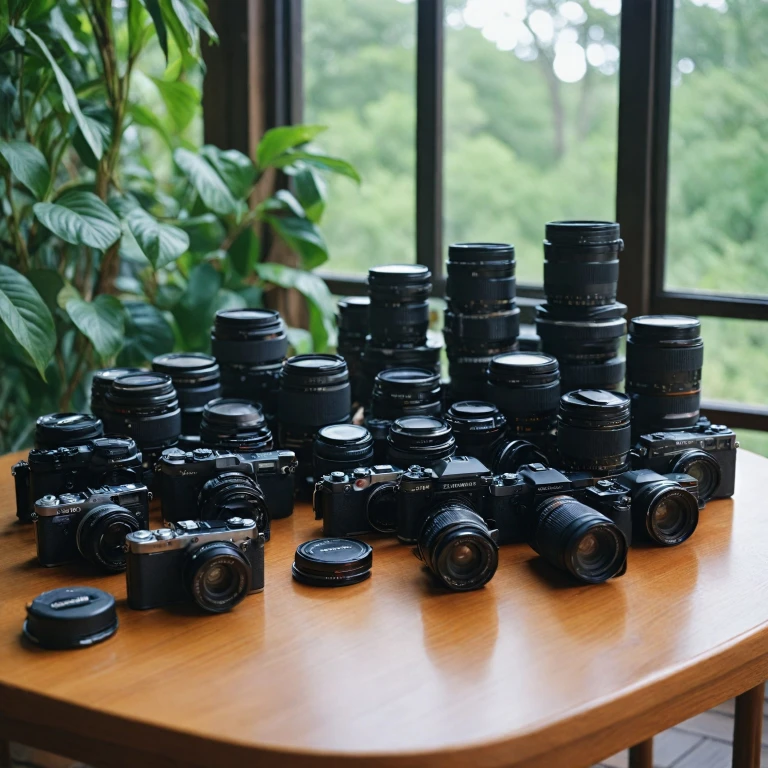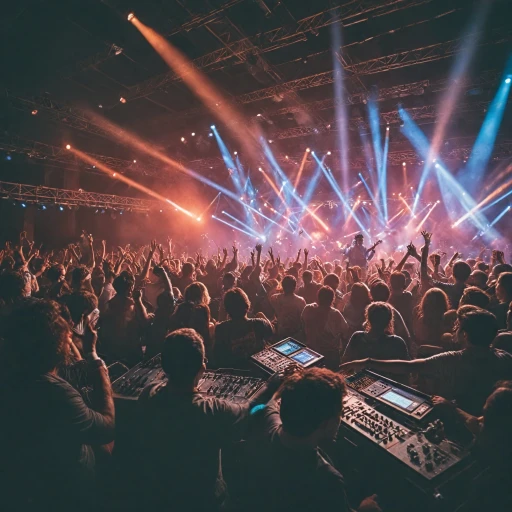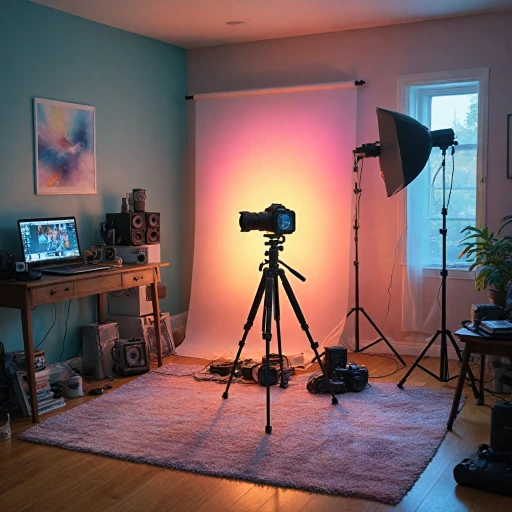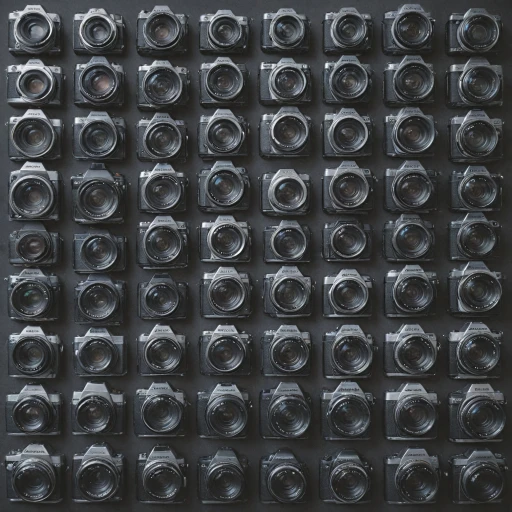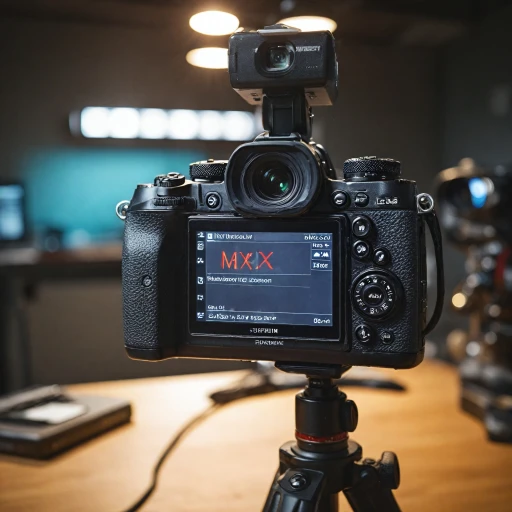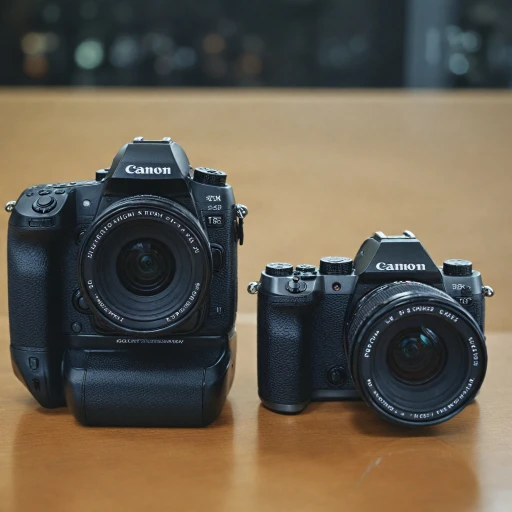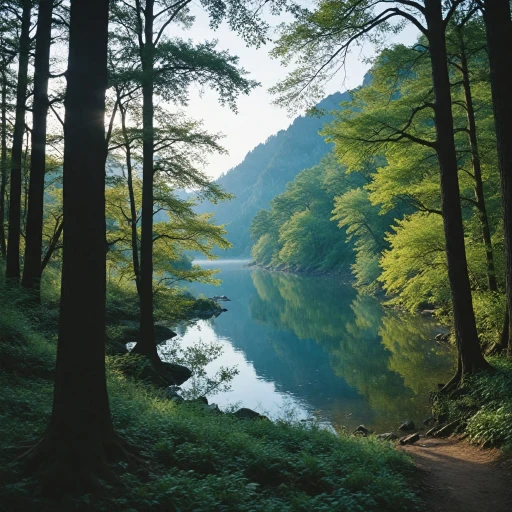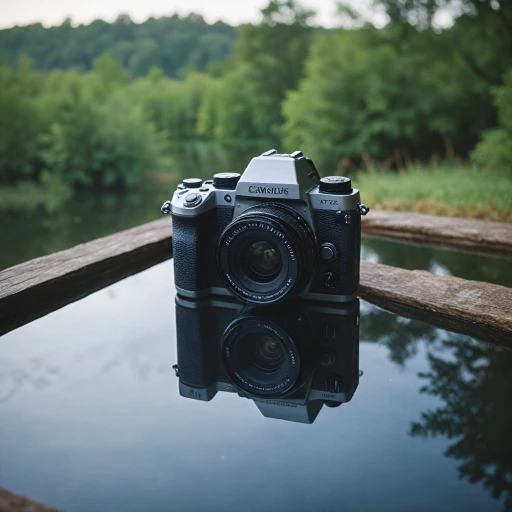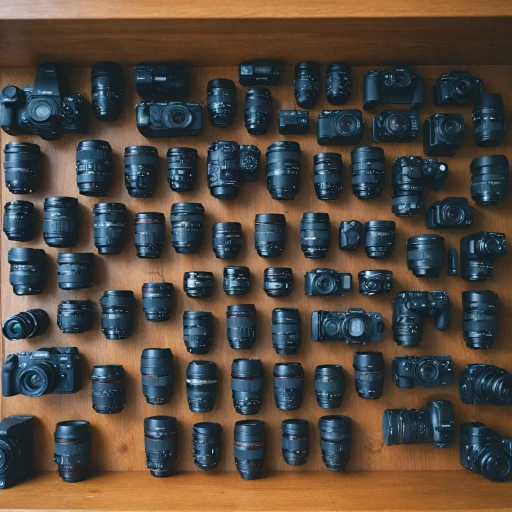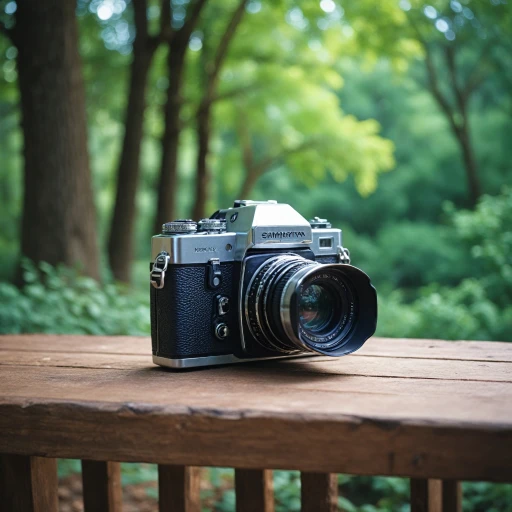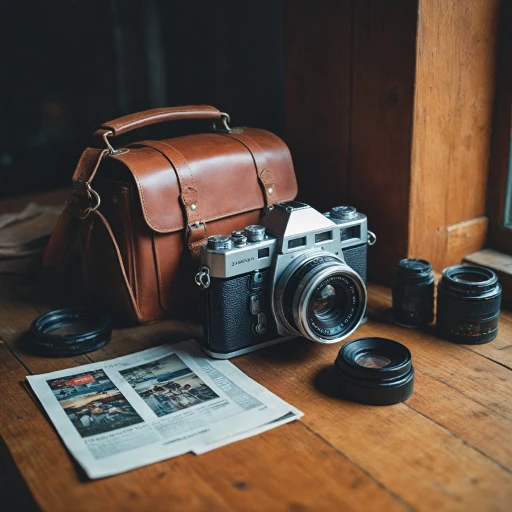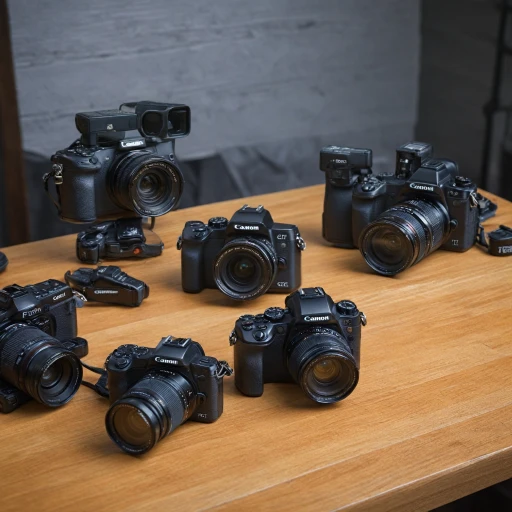
Understanding Your Photography Needs
Pinpointing Your Unique Photography Preferences
Embarking on a journey into photography is an exciting endeavor, yet it all begins with understanding what type of photography appeals to you the most. Whether you’re drawn to capturing breathtaking landscapes or candid street scenes, each preference may require different equipment capabilities and features. Identifying your primary shooting interests can significantly help narrow down your options when choosing the best camera.
- Types of Photography: Consider the genres that intrigue you, like portrait, landscape, wildlife, or even night photography. Different types of photography may benefit from specific features such as low-light capabilities or fast autofocus for continuous shooting.
- Stills vs. Motion: Decide if you’re more interested in shooting stills or video. Cameras such as mirrorless models offer great image quality for both stills and video.
- Technical Understanding: Gauge your current level of technical expertise. A simple point-and-shoot or entry-level mirrorless camera could be great options for beginners easing into the photography world.
- Camera Features: Some features like a high-resolution sensor or interchangeable lens capability are crucial for achieving professional results. Consider what technical elements might elevate your photography efforts.
Understanding your photography needs is not just about choosing the right gear; it's also about enhancing your learning curve and bringing your creative visions to life. For those interested in the broader spectrum of photography equipment, the Ultimate Guide to Choosing the Perfect Film Camera Bag offers insightful tips on carrying your camera with ease and convenience, which complements your beginner journey.
Key Features to Look for in a Beginner Camera
Essential Features to Consider for Novices
Choosing the right digital camera can be a daunting task, especially when you're just starting out in photography. Here are some features you should keep in mind to ensure you select the best camera for your needs:- Camera Type: The two main categories are DSLR and mirrorless cameras. For beginners, a mirrorless camera may be more user-friendly due to its compact size and simplified control layout.
- Sensor Size: A larger sensor can capture more light, which means better image quality. A great starting point is an APS-C sensor, though full frame sensors are also popular for their superior performance.
- Autofocus System: Look for cameras with reliable and fast autofocus to capture stills and subjects in motion, such as in continuous shooting mode.
- Resolution: Cameras with at least 20 megapixels offer high resolution for detailed images, perfect for photo video shoots.
- Lens Compatibility: The camera should have the flexibility to change lenses. This opens up a wide range of shooting possibilities as you become more advanced in your photography journey.
- Video Capabilities: Many modern cameras offer 4K video recording, making them versatile for both video and photography with excellent image stabilization.
- Budget-Friendly Options: For beginners on a budget, the market offers a range of options that balance cost and features effectively. Consider models that have been reviewed by credible sources and acknowledged for their value for money.
Find detailed guidance in this comprehensive guide.
Top Camera Models for Beginners
Top Entry-Level Cameras to Consider
Embarking on your photography journey requires a camera that offers both ease of use and flexibility for growth. With a myriad of options available, narrowing down the best camera can be daunting for beginners. Below we explore some standout models that have received high praise and are considered great starting points:
- Canon EOS Rebel T7 / 2000D
This DSLR is often lauded in reviews as a fantastic entry-level option. With its 24.1 MP APS-C sensor, it delivers high resolution and impressive image quality. Its intuitive design and extensive range of lenses make it perfect for camera beginners. - Sony Alpha a6100
A mirrorless camera equipped with advanced autofocus and continuous shooting capabilities. It's a great camera for those looking to explore both stills and video. Compact and versatile, it's a perfect pick for enthusiasts ready to experiment. - Nikon D3500
This model is praised for its solid build and simple interface, making it ideal for novices. Its APS-C sensor ensures clear and vibrant photos and offers a robust set of features without overwhelming new users. - Fujifilm X-T200
For those who value style and functionality, this mirrorless camera offers an appealing vintage design coupled with modern features. The image credit it receives is well deserved for its fine balance between great photography and portable convenience. - Panasonic Lumix GX85
Known for delivering excellent image quality and 4K video capabilities, this compact mirrorless camera offers superb value. Its adaptable nature allows for creative shooting experiences, earning favorable reviews from product analysts.
These options are not only known for their user-friendliness but also offer a path for future growth as you advance in your photographic pursuits. When evaluating cameras, always consider factors such as sensor size, autofocus capabilities, and the types of lenses available. Each camera offers something unique, so matching features with personal preferences is key to finding your perfect match. For those curious to explore beyond these digital options, consider reading about unique perspectives in photography with film cameras.
Budget Considerations and Value for Money
Balancing Cost and Features
When diving into the world of digital cameras, especially as a beginner, it's essential to strike a balance between cost and the features you need. While it's tempting to go for the best camera with all the bells and whistles, it's crucial to consider what you truly require for your photography journey. A camera that offers great image quality, reliable autofocus, and a decent sensor size can be more valuable than one packed with features you might never use.
Understanding the Price Range
Beginner cameras come in a wide range of prices, from budget-friendly options to more advanced models. It's important to set a budget that aligns with your financial situation. Remember, a higher price doesn't always guarantee better performance for your needs. Look for cameras that offer the best value for money, ensuring they meet your photography requirements without breaking the bank.
Evaluating Value for Money
- Image Quality: Prioritize cameras that deliver high resolution and excellent image quality. This is often determined by the sensor size and the camera's ability to handle various lighting conditions.
- Versatility: Consider cameras that offer both photo and video capabilities. This can be particularly useful if you plan to explore different types of shooting, such as stills and video.
- Future-Proofing: Look for models that allow for lens upgrades or have features like continuous shooting and mirrorless technology, which can be beneficial as you advance in your photography skills.
Research and Reviews
Before making a purchase, it's wise to read reviews from other camera beginners and experts. These reviews can provide insights into the camera's performance, durability, and ease of use. Additionally, consider the brand's reputation and the support they offer, as this can be crucial for beginners who might need guidance.
Don't Overlook Accessories
While the camera itself is a significant investment, don't forget to budget for essential accessories. A good lens, tripod, and camera bag can enhance your photography experience. Investing in quality accessories can often be more beneficial than opting for a more expensive camera model.
The Role of Accessories in Enhancing Photography
Enhancing Your Photography with the Right Accessories
When embarking on your journey with photography, it's easy to focus solely on selecting the best camera. However, the role of accessories should not be overlooked as they can significantly enhance your overall photography and videography experience.- Camera Bag: Protecting and organizing your gear is essential for any photographer. Look for bags that offer enough space for your camera, extra lenses, and any other accessories.
- Tripod: A sturdy tripod can be incredibly advantageous, especially for stills photography or long exposure shooting. It helps achieve sharper images and excellent stability for your shots.
- External Flash: If you're shooting in low-light environments, or need to avoid shadows in bright light, an external flash can offer more control over lighting than your camera's built-in flash.
- Lens Filters: These can enhance the image quality and protect your lenses. From UV filters to polarizers and neutral density filters, each serves a different purpose in improving your image's final result.
- Extra Batteries and Memory Cards: To avoid interruptions during shooting, always have spare batteries and memory cards on hand. Shooting high-resolution images and videos can consume both quickly.
Tips for Making the Most of Your New Camera
Getting Acquainted with Your New Camera
So, you've just acquired your first digital camera and are ready to dive into the exciting world of photography. Navigating through the various features and settings can seem daunting at first, but with a little patience and experimentation, you'll soon become more comfortable and confident in your photography skills.
- Get to Know Your Camera's Manual: Start by thoroughly reading the camera's manual. It may sound basic, but understanding the functions and settings of your camera – whether it's a mirrorless or a DSLR – is crucial. Familiarize yourself with the various modes and what they offer regarding image quality, autofocus, and continuous shooting.
- Experiment with Different Settings: Don’t be afraid to switch from auto to manual mode. Explore the aperture, shutter speed, and ISO settings to see how they affect your photos. This hands-on experience will offer valuable insights into capturing great stills and videos, thereby enhancing your skills as a beginner.
- Utilize the Viewfinder and LCD Screen: Practice using both the viewfinder and the LCD screen for framing your shots. Each has its merits, with the viewfinder offering precision and the screen giving real-time feedback on adjustments.
Enhancing Your Photography with Accessories
Once comfortable with the basics, consider incorporating accessories that can further improve your photography experience. A reliable tripod is invaluable for shooting in low light or with a slow shutter speed, ensuring sharp image quality. Additional lenses, such as a prime lens, can broaden your creative possibilities by offering different perspectives and focal lengths.
- External Flash: An external flash can provide better lighting alternatives compared to the built-in camera flash, resulting in more professional-looking images. This accessory is particularly useful when you are shooting in dim lighting conditions or require fill light.
- Filter Kits: Filter kits come in handy for experimenting with different effects, such as polarizing light to reduce glare or adding warmth to your sunset shots. They’re simple tools that can vastly enhance the look of your photos.
Harnessing Feedback for Improvement
Taking advantage of online photography communities and forums can offer you valuable feedback from seasoned photographers. Sharing your work and reading reviews from product experts will provide constructive criticism that can improve your technique and introduce you to best practices in photography.
Document your journey and regularly review your work to track improvement over time. As you make these efforts, remember that every mistake is an opportunity to learn and will eventually aid you in finding your unique photographic style.
